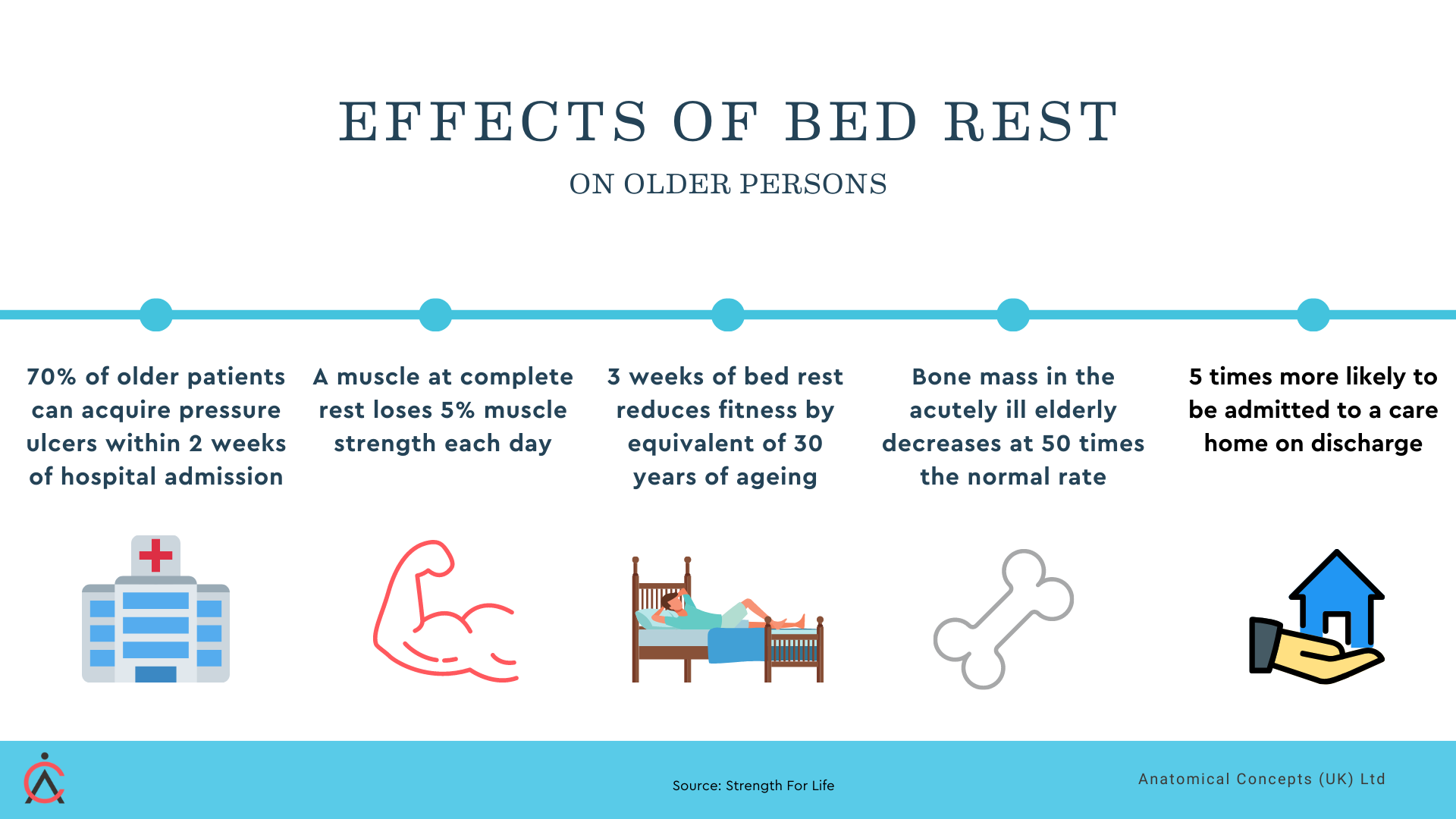Solve equinus contractures with an innovative orthotic device
Illustrating what is meant by equinus foot position
Equinus contracture in humans is characterised by a limited or completely absent ability to bring one's foot up to a neutral position (equating to a right angle in relation to the lower leg).
The root causes of this condition can be manifold, which consequently means that there is a variety of potential treatment options.
These causes may encompass tightness in the calf muscles or tendons (indicative of gastrocnemius contracture), limitations in the ankle joint capsule and other restraining structures, or an abnormal bony protrusion at the front of the ankle impeding normal ankle movement. This is a particularly significant deformity since it can hinder or halt rehabilitation and the ability to walk in many cases involving neurological disorders that result in altered muscle tone in the muscles around the foot and ankle.
Our product array includes the innovative Dynamic Dorsi-Assist (DDA) Ankle Foot Orthosis, also known as the 654SKG orthosis. In this article we discuss why this product is an excellent choice for immediate application, particularly beneficial in the early stages of acute or subacute rehabilitation scenarios. It has proven to be an optimal solution for cases of stroke, brain injury, and spinal cord injury where there is a likelihood of developing an equinus contracture.
Equinus contractures
Clinical Management and Rehabilitation Delays
The clinical management of equinus contractures revolves around a multi-faceted approach incorporating both non-surgical and surgical interventions. Non-surgical treatments include stretching exercises, night splints, and orthotic devices These interventions aim to improve the flexibility of the affected muscles and joints, thus helping to restore a patient's mobility.
Equinus contractures can cause significant delays in the rehabilitation process if they arise. The inability to bring the foot up to a neutral position impedes normal walking and movement patterns. This can lead to compensatory mechanisms that may cause additional musculoskeletal issues, such as back or hip adaptations or knee hyperextension and pain. Furthermore, patients with severe equinus contractures often require longer rehabilitation periods as comprehensive treatment plans must address not only the contracture itself but also these secondary issues. Hence, identifying those at risk and providing timely intervention with equinus contractures is crucial to prevent unnecessary delays in rehabilitation and to optimise patient outcomes.
Prevention is best
In other articles, we have discussed the fact that prevention of these types of problem is always best. In our experience, we see these equinus contractures develop in persons that were initially recognised to be at risk of pressure ulcers at the heel - for example following a stroke. These patients were provided with a solution that solve seemed to be adequate for the primary concern with respect to pressure ulcer protection but which then proved to be inadequate to prevent the development of an equinus contracture.
One of the unique benefits of the PRAFO range is the adjustable, metal upright. This is not only convenient for the orthotist or therapist to adjust the angle angle, it provides resistance to the development of equinus contractures. Using plastic splints, cushions and foam pads may seem adequate to prevent pressure heel ulcers, but we recommend always thinking about whether this is adequate to allow for continuity of care. As the graphic below illustrates, something that delays ambulation such as the development of an equinus contracture seriously compromises the prospects for beneficial outcomes.
Prolonged bed rest is a detrimental to clinical outcomes. Devices that allow early mobilisation are important
With the concept of continuity of care, the focus is not just on treating the immediate condition, but also on considering the long-term rehabilitation and preventive measures. This holistic approach to healthcare provision reduces the risk of recurrent health problems and promotes better patient outcomes - a key advantage of our PRAFO range because these devices allow for protection of the heels from pressure ulcers, prevent the development of contractures and thereby allow mobilisation of the patient as soon as practically of value.
If an equinus contracture does develop, the 654SKG is a valid way of using an orthotic device to address the issue.
Introducing the 654SKG - The Dynamic Dorsi-Assist
The 654SKG, also known as the Dynamic Dorsi-Assist (DDA™) Ankle Foot Orthosis, is a member of our esteemed PRAFO family of orthotic devices, designed to be utilised while in bed or ambulatory.
This orthotic device includes adjustable medial and lateral straps that can be individually tensioned to deliver a dynamic stretch to the gastrocnemius and soleus muscles, effectively countering equinus contractures. The ability to individually tension the straps is important clinically as normally the types of contractures we encounter will have a valgus or varus component.
The DDA™ not only safeguards the heel and ankles from pressure as with other members of the PRAFO family but also enables ideal positioning for dorsiflexion and plantarflexion.
The DDA™ Orthosis also boasts a unique telescoping calf section that can be extended or shortened to accommodate changes in soft tissue/musculature length. This feature can be locked out when necessary.
For our younger patients, we offer the 554SKG, a paediatric version of this remarkable orthotic device.





